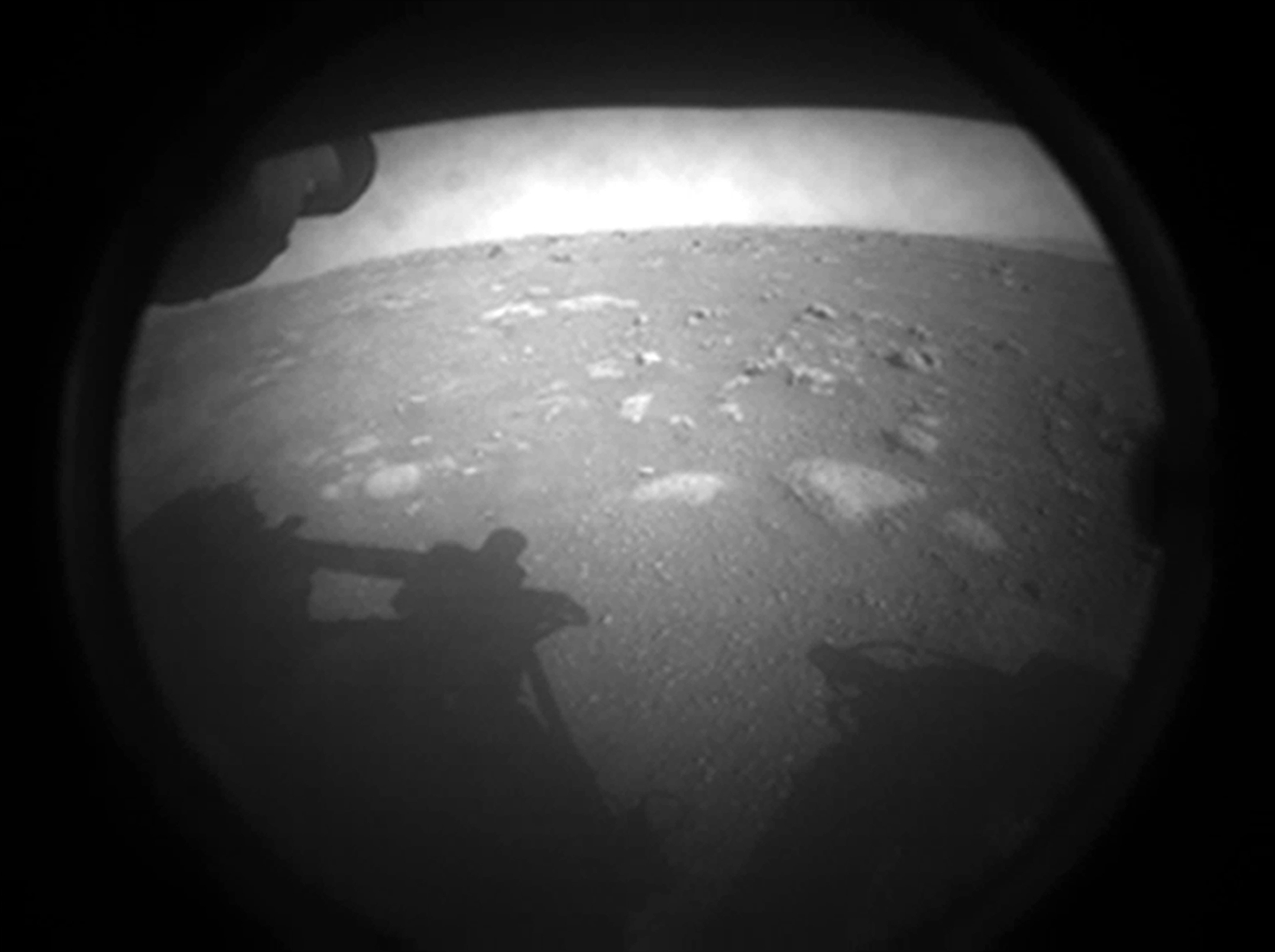Nasa has unveiled a stunning, first-of-a-kind video showing its latest rover descending by parachute onto the surface of Mars.
The three-and-a-half minute clip shows the agency’s Perseverance multi-stage spacecraft travelling through the thin Martian atmosphere to a gentle touchdown inside a vast ancient river delta called Jezero Crater.
Thomas Zurbuchen, Nasa associate administrator for science, called seeing the footage “the closest you can get to landing on Mars without putting on a pressure suit”.
Your front-row seat to my Mars landing is here. Watch how we did it.#CountdownToMarspic.twitter.com/Avv13dSVmQ
— NASA's Perseverance Mars Rover (@NASAPersevere) February 22, 2021
The footage was recorded on Thursday by a series of cameras mounted at different angles of the multi-stage spacecraft.
Al Chen, of Nasa’s Jet Propulsion Laboratory (JPL), said: “These videos and these images are the stuff of our dreams, it’s been what we’ve been dreaming about for years.”
Nasa described the footage as “amazing” adding that Perseverance is healthy and continuing with activities as planned for the first few days on Mars’s surface.
The agency also released audio of the first sounds recorded from the surface of Mars.
A microphone on the rover captured a gust of wind on the Red Planet, and the sounds of Perseverance itself.
The rover – a scientific laboratory the size of a car – is on a mission to search for signs of ancient life and explore and collect samples for future return to Earth from diverse environments on Mars.
Perseverance will spend the coming years scouring for signs of ancient microbial life in a mission that will bring back samples to Earth and prepare the way for future human visitors.
Scientists know that 3.5 billion years ago the Jezero crater was the site of a large lake, complete with its own delta.
They believe that while the water may be long gone, somewhere within the crater, or maybe along its 2,000ft-tall (610-metre) rim, evidence that life once existed there could be waiting.
Perseverance will gather rock and soil samples using its drill and will store sample cores in tubes on the Martian surface ready for a return mission to bring around 30 samples to Earth in the early 2030s.
It will also trial technologies to help astronauts make future expeditions to Mars.
These include testing a method for producing oxygen from the atmosphere, identifying other resources such as subsurface water, and improving landing techniques.
They also involve characterising weather and other environmental conditions that could affect future astronauts living and working on Mars.
